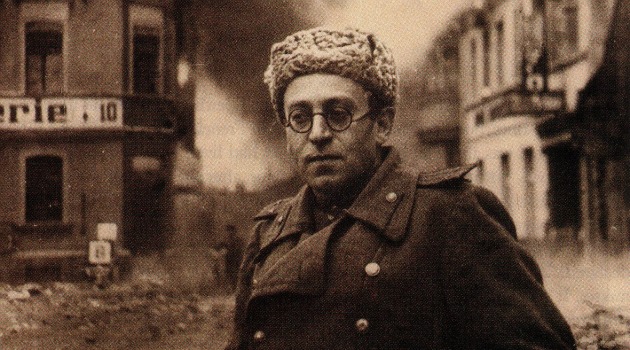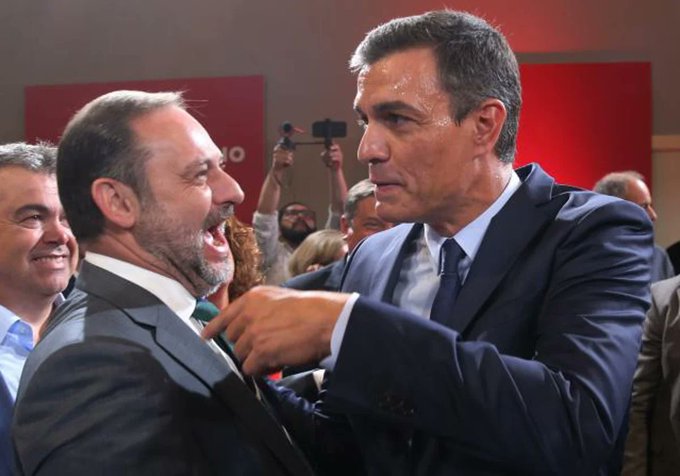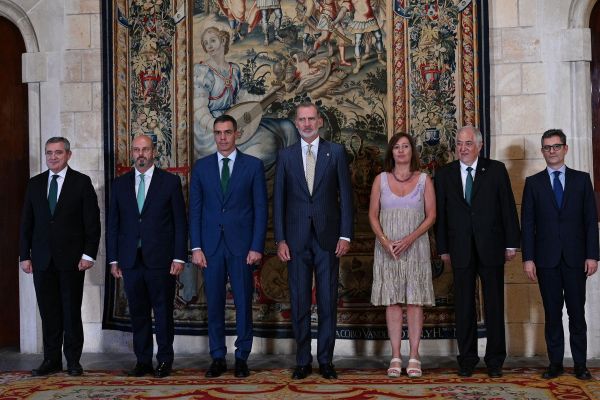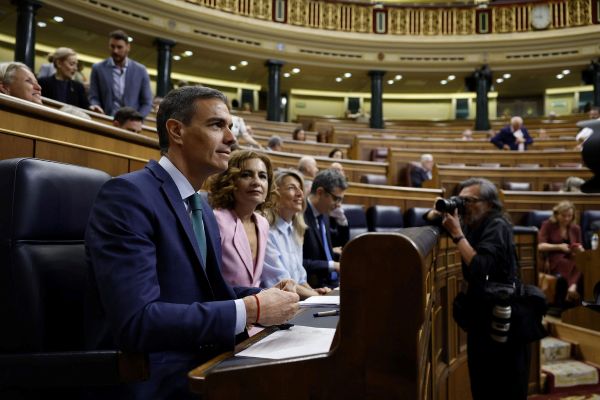Grossman en Armenia

Armenia is a stony country, and one of the arts in which Armenians have most excelled is architecture. Few places illustrate this better than the monastery of Geghard, where two of the three adjacent churches have – literally – been gouged out of the mountainside. In one there is a spring. The water forms a large pool in a corner, then streams down a shallow channel across the centre of the church. Stone, of course, is everywhere – rough and smooth, plain and exuberantly carved.
Last October, I attended Sunday mass in the third of these churches, which stands just clear of the mountainside. A tall narrow window on the southern wall let in a slanting band of almost solid sunlight. Standing in the raised east end, close to the altar, were six priests, four wearing blue robes, one in white and gold, and one, a novice, in black. Sometimes they faced the altar, sometimes the congregation. The acoustics of this small, squat building, with its rounded apses and dome, were so perfect that their voices sounded equally strong no matter which way they were facing. Their singing was deep, rhythmic and powerful. My guide explained that the priests sing only in Old Armenian. Recent attempts to introduce modern Armenian have been rejected; the fit between the old words and the music is perfect, and too valuable to sacrifice.
I had gone to Armenia because I was translating An Armenian Sketchbook, a memoir by Vasily Grossman about the two months he spent there in late 1961. He too had been impressed by the medieval churches. And like me, he had gone to Armenia to work on a translation; he had been commissioned to edit a clumsy literal version of The Children of the Large House, a long novel about the second world war by an established Armenian writer, Hrachya Kochar. That, at least, was the official reason; the real reasons were more complex.
In February that year the KGB had confiscated Grossman’s typescripts of Life and Fate, his own long novel about the war. In it he had broken several taboos. He had drawn a direct parallel between Soviet and Nazi concentration camps; he had argued that Stalin and Hitler had learnt from each other and that their regimes were mirror images. Grossman had even written of Stalin “snatching the sword of anti-Semitism from Hitler’s hands”. Much of this remains controversial even today, even in the west. Few Soviet citizens thought, let alone wrote, such things in 1961. There is no surprise in the fact that the novel should have been “arrested”, as Grossman always put it.
Grossman had entrusted two copies to friends, but he could not be sure these were safe. His marriage was breaking down. He was suffering from cancer, though this had yet to be diagnosed. His letters give the impression that he was in financial need. There were reasons for him to want to get away from his everyday life.
The Soviet authorities, for their part, had reasons to want Grossman out of the way. By commissioning him to edit this Armenian novel they were probably trying to buy him off, to compensate him – at least financially – for the non-publication of Life and Fate, and so lessen the danger of his contacting foreign journalists or sending manuscripts abroad. Three years earlier, the authorities had miscalculated disastrously after Boris Pasternak published Doctor Zhivago in Italy. By forcing Pasternak to decline the Nobel Prize in Literature, they brought Doctor Zhivago so much publicity that it topped the New York Times bestseller list for six months. The authorities evidently learnt from this. The low-key approach they took with Grossman was, in fact, so successful that a Russian text of Life and Fate did not appear, even in the west, until as late as 1980. And although my English translation was published in 1985, it took another 20 years for Grossman to win recognition in the anglophone world. Without an international political scandal it was, sadly, almost impossible for a Soviet writer to be taken seriously in the west. Pasternak and Solzhenitsyn are both famous; two still greater writers, Andrey Platonov and Varlam Shalamov, remain relatively little known to this day.
And so Grossman accepted a commission that entailed staying two months in Armenia, working with Kochar and his translator. Grossman spent part of the time in Yerevan, and the rest in a mountain village, in the “House of Creativity of the Armenian Writers’ Union”. As for his work on The Children of the Large House, both he and Kochar seem to have had mixed feelings about it. Kochar admired Grossman and probably, in principle, welcomed his intervention; in reality, however, he found it difficult. Grossman, for his part, seems to have looked down on Kochar; in a letter to a friend he wrote that he had taken him “several steps up the ladder of literary evolution”.
An Armenian Sketchbook is the most personal of Grossman’s works. Although its many threads are deftly woven together, it has an air of spontaneity, as though Grossman is simply chatting to the reader about his impressions of the landscape, about the people he meets and even about his physical problems. The chapter about his arrival in Yerevan exemplifies his ability to write in a way that seems natural yet is constantly surprising. First he describes his wounded vanity when he realises no one has come to the train station to meet him. Then, adopting a deliberately heightened tone, he writes about how, when one first arrives in a new city, one is like a god, creating inside oneself a new world. His descriptions are vivid, but increasingly there seems to be something excessive, almost desperate about them. Eventually we realise that he is looking for a quiet corner to pee . . . Grossman was unwell, and Soviet cities were remarkably lacking in both cafés and public lavatories. The chapter ends with the writer, who has by then taken a tram to the outskirts of Yerevan, finally experiencing relief. “It was a quiet happiness that is equally accessible to a sheep, a bull, a human being or a macaque. Need I have gone all the way to Mount Ararat to experience it?”
Grossman was preoccupied not only with the Shoah but also with the Soviet authorities’ attempts to suppress its memory. Like the poet Osip Mandelstam, who had visited Armenia in 1930, only 15 years after the Genocide, he was aware of the similarities between the Jews and the Armenians – two peoples with a flair for commerce, a tragic history and a reverence for the Book. Mandelstam calls Armenia “a book of ringing clays . . . a festering text, a precious clay, that hurts us like music, like the word”. Both writers would have appreciated my guide’s account of how, in one monastery, at times of danger, large vases of oil, wine and other provisions were left where raiding parties could easily find them. The monks’ hope was that raiders would help themselves to food and wine and not stumble upon the monastery’s real treasures, the books they hid away in high and remote corners. The creation of illuminated manuscripts is another art in which Armenians have excelled.
Mandelstam evidently felt more at ease with his own Jewish identity after his months in Armenia. Grossman’s memoir concludes with an account of a village wedding during which several peasants spoke about the fellow feeling between Jews and Armenians, about their brotherhood in suffering. Grossman was moved, but his strong feelings coexist with an unusual objectivity. In previous chapters he has criticised not only Russian chauvinism but also the pretensions of some Armenian intellectuals – people to whom poetry, architecture, science and history have meaning “only in so far as they testify to the superiority of the Armenian nation”.
This was one aspect of Armenian life that, 50 years later, I recognised only too easily. I even found it difficult to get my guide to take me to Atala, one of the country’s most famous old churches; being Georgian Orthodox, rather than Armenian Apostolic, it did not normally feature on tourist itineraries. Armenian nationalism is, of course, all too understandable. Armenia’s borders with both Turkey and Azerbaijan remain closed. Grossman does not address the Armenian genocide directly, but a background awareness of it informs the entire memoir.
Grossman’s masterpieces are his last works: the short novel Everything Flows and the stories he wrote during the three years between the confiscation of Life and Fate and his death in 1964. It is not impossible that the hours he spent looking at Armenian churches in late 1961 may have helped him to a clearer vision of his own artistic aims. He writes eloquently about the qualities he saw embodied in these buildings: “Perfection is always simple, and it is always natural. Perfection is the deepest understanding and fullest expression of what is essential. Perfection is the shortest path to a goal, the simplest proof, and the clearest expression. Perfection is always democratic; it is always generally accessible . . . The church looks so simple and natural that you think a child could have put it together out of toy basalt blocks. I, an unbeliever, look at this church and think, ‘But perhaps God does exist. Surely his house can’t have been standing uninhabited for fifteen hundred years?
An Armenian Sketchbook, by Vasily Grossman, MacLehose Press, RRP£8.28, 192 pages

 0
0
 1
1

